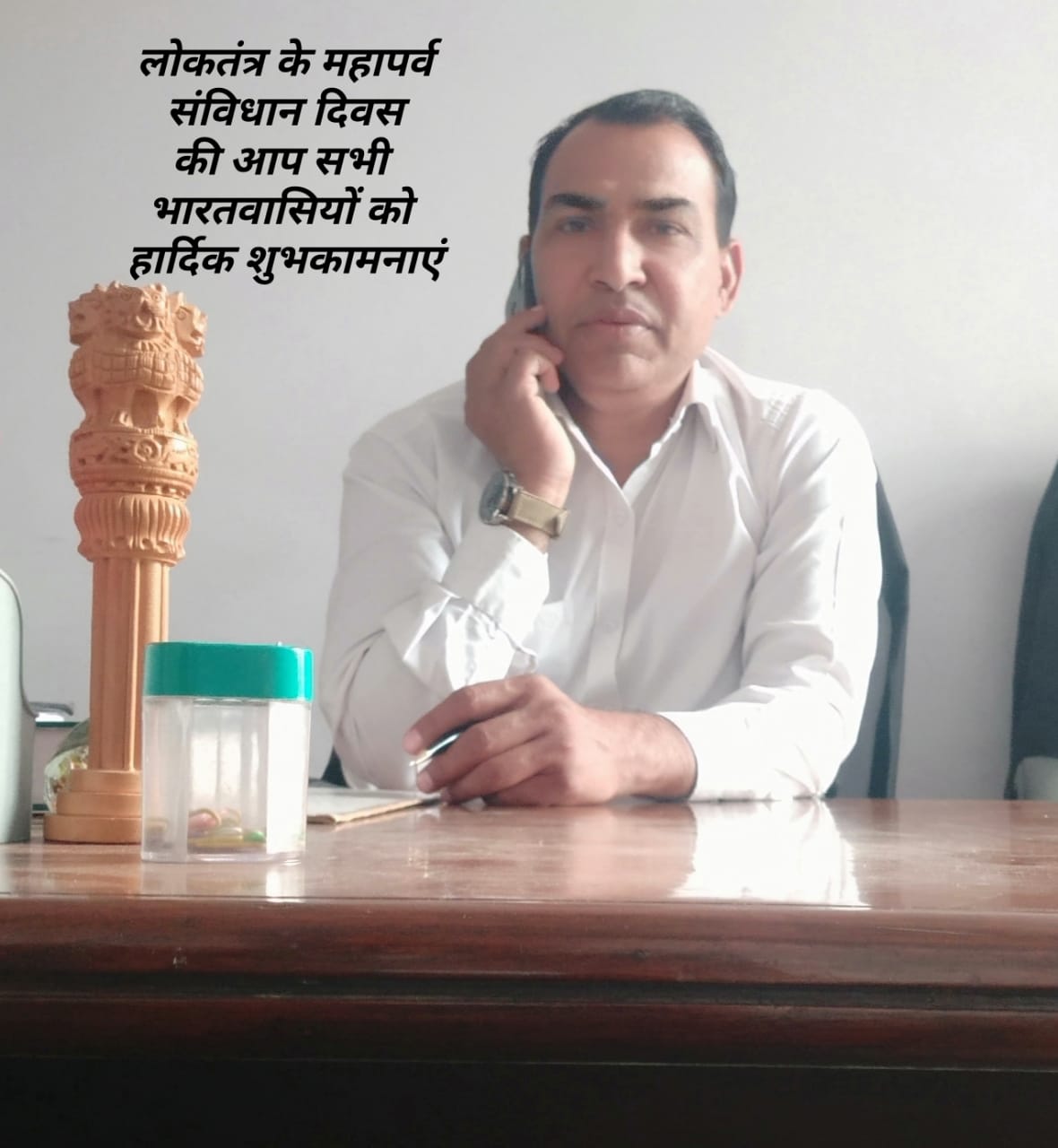Answer By law4u team
In child support cases, one-time lump-sum payments can sometimes be ordered by the court in lieu of or in addition to regular monthly support payments. While child support is typically a recurring obligation, certain situations might warrant a lump-sum payment to address specific, large or urgent financial needs, such as medical expenses, educational fees, or other unique circumstances. Understanding when and why a court may order such payments can clarify the role they play in supporting a child's needs.
Circumstances Under Which a Court Might Order a One-Time Lump-Sum Payment
Large, One-Time Expenses for the Child
A lump-sum payment may be ordered when the child incurs a significant, one-time expense that goes beyond the regular costs covered by child support. This could include:
- Medical expenses: If the child needs emergency medical treatment, surgery, or long-term treatment not covered by insurance, the court may order a lump-sum payment to cover these costs.
- Educational expenses: If the child requires special education services, private school tuition, or a particular educational resource that is not part of the regular schooling system, the court might order a lump-sum payment to cover these fees.
- Extraordinary travel or accommodation costs: If the child needs to travel for medical care or a special event (e.g., attending a treatment center), a lump-sum payment may be required to cover these costs.
To Settle Arrears or Back Child Support
In cases where child support arrears have accumulated, a court might order a one-time payment as part of a settlement of the overdue amount. This is especially true if the parent owing back support has the ability to pay in a lump sum but has not been able to meet their regular monthly payments.
Agreement Between Parents
In certain cases, the parents may agree that a lump-sum payment is the best solution, particularly when dealing with one-time costs that both parents agree need to be addressed immediately. The court can approve this agreement and incorporate it into the child support order.
To Satisfy a Legal or Financial Obligation
A court may also order a lump-sum payment to satisfy a legal or financial obligation that directly impacts the child's well-being, such as the costs associated with custody arrangements, family law settlements, or legal fees that are deemed necessary for the child's best interest.
In Case of a Special or Unique Need
If the child has a disability or requires some form of long-term specialized care that will result in substantial expenses, the court might direct a lump-sum payment to cover immediate or foreseeable future needs, such as medical treatments or home modifications.
Key Differences Between Lump-Sum Payments and Monthly Support
Purpose and Scope
- Monthly support payments: These are typically used for routine living expenses like food, housing, clothing, and day-to-day care.
- Lump-sum payments: These are used to address specific, one-time expenses such as medical bills, educational costs, or other large expenditures that are beyond the scope of regular child support obligations.
Implementation and Flexibility
- Monthly payments: Structured to be paid regularly, either weekly or monthly, and continue until a child reaches the age of majority or a significant change occurs (e.g., custody change, modification request).
- Lump-sum payments: Typically made in one transaction, often at a specific point in time, and are intended to cover a one-time cost. There is usually no ongoing obligation tied to lump-sum payments once the payment has been made.
Impact on Financial Situation
- Monthly support payments: Tend to be manageable for the paying parent, with regular budgeting taken into account. These payments are designed to be consistent with the parent’s income and financial situation.
- Lump-sum payment: A larger, one-time financial commitment that can have a significant impact on the paying parent’s finances, particularly if it is a large amount. It may require the parent to liquidate assets, take out a loan, or use savings to fulfill the payment.
Enforcement of Payments
- Monthly support payments: Enforced through routine child support enforcement mechanisms, including wage garnishment, tax refund interception, and other legal means.
- Lump-sum payment: Typically made in a single transaction, so enforcement usually involves timing and ensuring that the payment is completed in a timely manner. Once paid, there is no further obligation for that specific expense.
When Will Courts Typically Order a Lump-Sum Payment?
Medical Expenses
For a child with a serious medical condition, the court may order a one-time lump-sum payment if the child requires an expensive procedure or treatment. For instance, if a child needs surgery that is not covered by insurance or requires ongoing medical therapy that requires an upfront payment, the court may direct one parent to pay for it in a lump sum.
Educational Costs
A court might order a lump-sum payment if the child needs specialized education that is not covered by standard school funding, such as tuition for private school or fees for educational programs tailored to the child’s needs. If the child is accepted into a specialized program that requires upfront fees, a one-time payment may be considered.
Disability or Special Needs
For children with disabilities or special needs, lump-sum payments are often requested to cover long-term or immediate costs associated with the child’s care. This might include home modifications, medical devices, or therapeutic programs that have high initial costs.
Child Support Arrears
If one parent has accumulated child support arrears, the court may order a lump-sum payment to cover past-due support in addition to or in lieu of ongoing monthly payments. This may happen if the parent has the ability to pay the lump sum but has not kept up with regular support payments.
Steps to Request a One-Time Lump-Sum Payment in Child Support
Filing a Motion
The parent requesting the lump-sum payment must file a motion with the court. This motion should include:
- A detailed explanation of why the lump-sum payment is necessary.
- Documentation of the expenses, such as medical bills, tuition invoices, or other proof of need.
- Financial documentation demonstrating the ability of the paying parent to make the lump-sum payment.
Court Hearing
A hearing will likely be scheduled where both parents can present their cases. The requesting parent will need to explain why the lump sum is necessary and how it aligns with the child’s needs. The paying parent will have the opportunity to argue against the payment if they believe it is unjustified or unaffordable.
Judicial Decision
The judge will review the case and may approve the lump-sum payment if they believe it is in the best interest of the child. The judge may also determine how the payment should be made and whether it should be split between the parents.
Examples of Lump-Sum Payments in Child Support Cases
Example 1: Medical Treatment for Emergency Surgery
Sarah’s 14-year-old son, Ethan, requires emergency heart surgery that costs $25,000. Sarah requests a lump-sum payment from her ex-husband, Greg, to cover the cost of the surgery, arguing that it is an urgent medical need that cannot be paid through regular monthly support. The court grants her request and orders Greg to pay the full amount.
Example 2: Private School Tuition
Mark and Lisa’s 10-year-old daughter, Emma, is accepted into a specialized private school for children with learning disabilities. The tuition fee is $15,000 per year. Mark requests that Lisa contribute to the tuition in the form of a one-time lump-sum payment. The court agrees, ordering Lisa to pay the full tuition amount for the upcoming school year.
Example 3: Support Arrears
John has fallen behind on his child support payments for several years. His ex-wife, Linda, requests that John make a one-time lump-sum payment to clear the arrears, amounting to $10,000. John has recently received a bonus at work, and the court orders him to pay the entire arrears in a lump sum to satisfy the outstanding support obligation.
Conclusion
While child support is generally paid in monthly installments, courts can order one-time lump-sum payments in special circumstances, such as to cover medical expenses, educational costs, or arrears. These payments are typically used to address urgent or significant needs that go beyond the scope of regular support obligations. Parents requesting such payments must provide adequate evidence and follow the proper legal procedures, and the court will decide based on the best interests of the child and the financial abilities of the parents.







